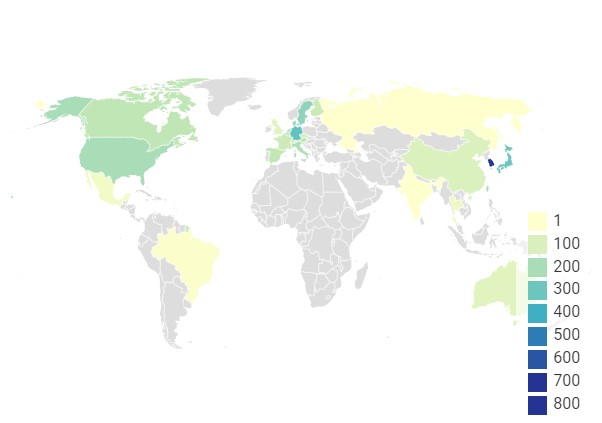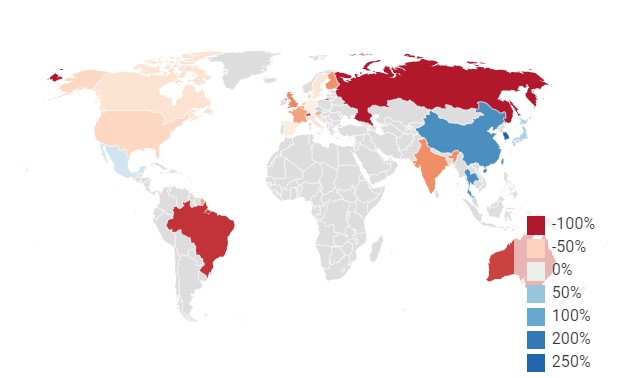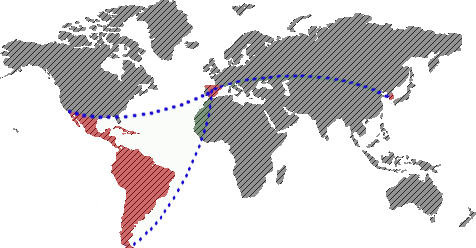Robots are joining the workforce around the world. But although it is evident that their numbers are increasing, it may be difficult to determine which countries are leading their implementation.
The most common measure is that used each year by the International Federation of Robotics (IFR): the number of industrial robots per 10,000 manufacturing workers in each country. According to the latest estimate of the IFR, the world average in 2017 was 85 robots per 10,000 workers, representing an increase of 15% over the previous year.
Again, South Korea is ranked number one on the list, with 710 robots per 10,000 workers, followed by Singapore with 658, and Germany with 322. India is at the bottom of the list, with only 3 robots per every 10,000 workers.
Robots for every 10,000 workers in 2017

But, is this the best way to measure the progress of the robotic revolution? A report by the Foundation for Innovation and Information Technology (ITIF) of EE. UU He argues that countries with higher wages have a stronger business model to implement more robots. Introducing automata into a business requires a high initial investment, so when humans are a significantly cheaper option, there is not much incentive to replace them with machines.
In the report, the ITIF chose to analyze the implementation of robots in 27 countries, setting the expected number of robots based on their current wealth.
With this measure, the research affirms that the countries of Southeast Asia are even more dominant than they seemed. The leaders of the list, South Korea and Singapore, remained at the top, with implementation rates of 2.4 and 1.7 times higher than expected based on their current average salaries. But the analysis also sheds light on countries like Thailand, which, although it only has 48 industrial robots per 10,000 workers, its implementation rate is 159% higher than what could be predicted from its salary levels.
The countries of Southeast Asia lead the global implementation of robots taking into account their salaries

On the other hand, the study reveals that most of the countries of America and Europe are incorporating robots much slower than expected. It turns out that the United States and the United Kingdom have adopted 49% and 68% fewer industrial robots than expected, respectively.
According to this report, when it comes to automation, Asia imposes itself. As the author of the study, the president of ITIF, Robert D. Atkinson, argues: "If these gaps persist or continue to expand, it will be a bad omen for the future productivity and competitiveness of the entire European and American economy. Both regions must identify and adopt measures to dramatically increase their robot implementation rates."





